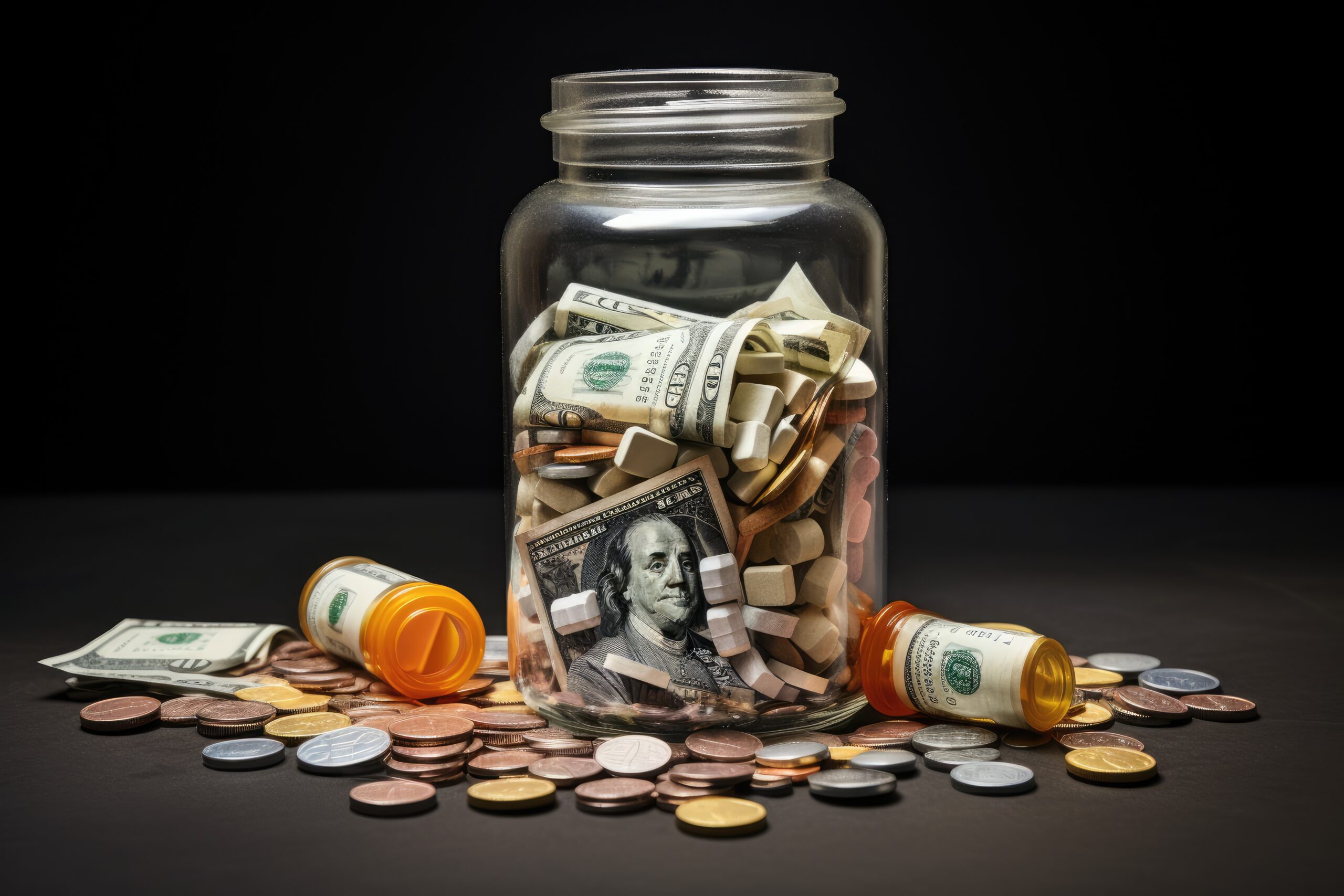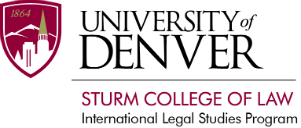For decades, pharmaceutical companies have maintained that patent protections are an essential component of scientific innovation.[1] In the U.S., a patent confers the right to exclude others from making, using, or selling the claimed invention for twenty years from the filing of the patent application.[2] As drug prices continue to rise[3], this system raises ethical concerns about the nature of profiting from medicine and the subsequent lack of global accessibility.
Despite the fact that patentholders in America have twenty years of exclusive rights, pharmaceutical companies often partake in a strategy known as evergreening, a practice where minor modifications to existing drugs allows for an extended patent protection period.[4]
For example, Gilead Sciences, an American biopharmaceutical company, is currently facing several state and federal lawsuits alleging that they intentionally withheld development of a slightly improved version of a lifesaving HIV medication, tenofovir, to extend their exclusive rights. [5] Under the current system governing patents, this profit-maximizing strategy may be permissible and as a result, Gilead now has an additional twenty years of promised profits.[6] This right to exclude has been justified based on notions that companies and private capital will not invest in the development of new products without the promise of exclusive rights on the output.[7] But in practice, studies show that this current legal landscape for pharmaceutical patents has led to higher drug prices.[8]
The global disparities in access to high cost medications are alarming.[9] Yet, even under the current international patent standards, (mainly governed by TRIPS and the Patent Cooperation Treaty[10]) high-income countries have been reluctant to participate in any compulsory licensing agreements that would allow for the manufacture of medicine without the patentholder’s consent. [11]
This issue became even more apparent during the height of the Covid-19 pandemic. When faced with an unprecedented need for global access to vaccines, western member nations of the World Trade Organization initially opposed the idea of allowing manufactures to create generic versions of patented vaccines on the basis that these compulsory schemes would have adverse effects on their respective domestic pharmaceutical companies.[12] By June 2022, they were able to come to an agreement which provided for a partial waiver of intellectual property rights in light of the exceptional circumstances.[13] Despite the waivers, the top five pharmaceutical companies in the U.S. still reported combined earnings of $81.9 billion in 2022.[14]
Further, the director of Global Justice Now emphasized that these profits “encourage secrecy and competition in place of collaboration”, and as a result “created a terrible inequality in vaccine access which has actually damaged our ability to end this pandemic.” [15]
Although some companies, including Gilead Sciences have entered into voluntary licensing agreements with manufacturing companies to serve less developed markets, many of their newer drugs have not been subject to such agreements.[16]
Without reform, many of these improved drugs may not be available to countries unable to afford the brand name versions for at least two decades. Abroad, several nations have taken steps to amend their patent laws in response to the need for access.[17] In Canada, the government may authorize a third party to use a patented invention without the patentholder’s permission when necessary.[18] Japan and Germany have similar compulsory licensing schemes that allow for broader access to medicine.[19] The United States does not have any provisions for compulsory licenses, and it appears that there are no plans to integrate such a system anytime soon.[20]
Do scientific innovations hold the same significance if they only benefit citizens of high-income countries? We need to find a solution to meet global demands and end the systemic denial of access to lifesaving medicine for lower-income countries as they are currently either too expensive for them to purchase or illegal to produce as generic versions. Our patent system is a highly debated topic, but “throughout the industry, companies create serial barriers to hold off the type of competitive entry that is fundamental to our innovative system.”[21] In order to increase access in all regions, we must work to foster global health partnerships and revisit the incentive structure surrounding medical patents.
[1] Save America’s Patent System, NY Times (Apr. 16, 2022), https://www.nytimes.com/2022/04/16/opinion/patents-reform-drug-prices.html?searchResultPosition=10.
[2] Peter S. Menell et al., Intellectual Property in the New Technological Age: 2023 178 (Clause 8 Publ’g 2023).
[3] Nicole Rapfogel, Drug Companies Continue To Hike Prices Above Inflation, Center For American Progress (Nov. 1, 2023), https://www.americanprogress.org/article/drug-companies-continue-to-hike-prices-above-inflation/#:~:text=3.9%25&text=In%20June%202023%2C%20various%20drug,rate%20(see%20Figure%201).
[4] Eric Sagonowsky, Pharma’s Pervasive ‘Evergreening’ is Driving Prices Up, Study Says, Fierce Pharma (Nov. 3, 2017), https://www.fiercepharma.com/pharma/pharma-s-pervasive-evergreening-driving-prices-up-study-says.
[5] Rebecca Robbins & Sheryl G. Stolberg, How a Drugmaker Profited by Slow-Walking a Promising H.I.V. Therapy, NY Times (Apr. 16, 2022), https://www.nytimes.com/2023/07/22/business/gilead-hiv-drug-tenofovir.html.
[6] Id.
[7] Menell et al., supra note 2, at 181-82.
[8] Laura Dolbow, How Patents Contribute to High Drug Prices, The Regulatory Review (Oct. 16, 2023), https://www.theregreview.org/2023/10/16/dolbow-how-patents-contribute-to-high-drug-prices/#:~:text=Yet%20one%20thing%20is%20certain,FDA%20has%20tentatively%20approved%20generics.
[9] See Vijay Kumar Chattu et al., Access to Medicines Through Global Health Diplomacy, 13(1) Health Promotion Persp. 40 (2023).
[10] Menell et al., supra note 2, at 508-09.
[11] See Donald P. Harris, TRIPS’ Rebound: How the Agreement on Trade-Related Aspects of Intellectual Property Rights (“TRIPS”) Can Ricochet Back Against the United States, 25 NW. J. INT’L L. 99, 107-09 (2006).
[12] Rich, Developing Nations Wrangle over COVID Vaccine Patents, Reuters (Mar. 10, 2021 8:16 AM), https://www.reuters.com/article/us-health-coronavirus-wto/rich-developing-nations-wrangle-over-covid-vaccine-patents-idUSKBN2B21V9.
[13] World Trade Organization, Ministerial Conference of 22 June 2022, WTO Doc. WT/MIN(22)/30, WT/L/1141 (2022).
[14] Taylor Giorno, Top 5 largest US pharma firms’ net earnings topped $81.9 billion last year: watchdog, The Hill (July 24, 2023), https://thehill.com/policy/healthcare/4116604-five-largest-us-pharma-firms-net-earnings-topped-81-9-billion-last-year-watchdog/#:~:text=The%20five%20largest%20U.S.%20pharmaceutical,new%20analysis%20by%20Accountable.US.
[15] Nick Dearden, Moderna’s profits show why Big Pharma can’t meet our health needs, Al Jazeera (Mar. 16, 2022), https://www.aljazeera.com/opinions/2022/3/16/modernas-profits-show-why-big-pharma-cant-meet-our-health-needs.
[16] Access to Medicine Index: Gilead Sciences, Access to Medicine Foundation, https://accesstomedicinefoundation.org/company/gilead-sciences# (last visited Nov. 8, 2023).
[17] Justin Culbertson & Jason J. Jardine, Compulsory Patent Licensing in the Era of Pandemic, International Bar Association, https://www.ibanet.org/article/36A60309-5A33-4891-8624-86A6D89A251E (last visited Nov. 8, 2023).
[18] Compulsory licenses under Canada’s Access to Medicines Regime, Health Canada (Sept. 14, 2009), https://www.canada.ca/en/health-canada/services/canada-access-medicines-regime/countries/eligibility/compulsory-licences.html.
[19] Culbertson & Jardine, supra note 17.
[20] Id.; see also Dawson Chem. Co. v. Rohm & Haas Co., 448 U.S. 176, 215 (1980) (explains that “[c]ompulsory licensing is a rarity in our patent system, and we decline to manufacture such a requirement….”).
[21] Sagonowsky, supra note 4.


